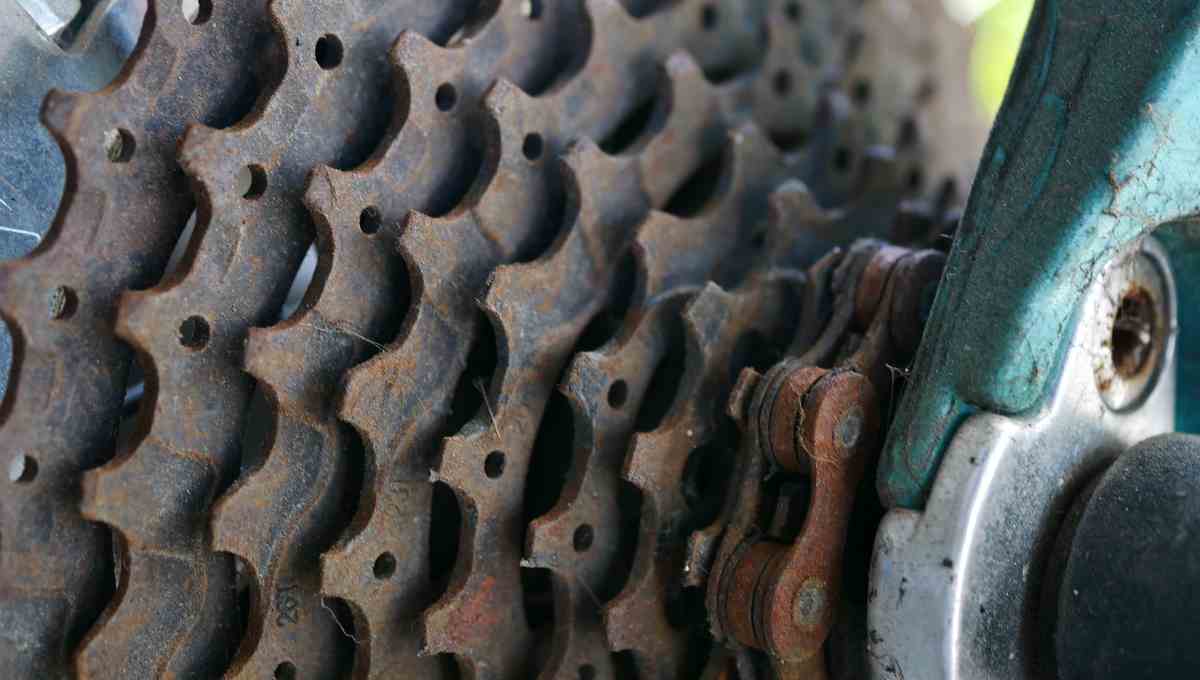On a level surface, it’s simple to describe which riding gear to be used by simply stating that the one that enables comfortable pedaling is the best. If you’re having trouble turning the pedals on a level road or your rhythm is too slow, go to a lower position to make it simpler to cycle quicker and more effectively.
If you’re spinning too quickly or the bike isn’t going far enough, it’s time to change gears. It will increase the resistance in your legs and enable you to cycle quicker. If you’re weary, you might want to switch to stricter gear. If you want to travel quicker, you could use the stricter gear. To determine what works, play around with the rear gears and ratios.
Low, medium and high gear are the three sorts.
Low Gears
Low gear is ideal for climbing. Low-gear bikes are created by combining the lower chainring with the more giant rear gears. This low gear is ideal for uphill cycling. When the flat road abruptly ascends, it will maintain your bike pedals spinning. This equipment allows you to climb short-distance summits with minimal effort.
Middle Gear
The middle gear is excellent for typical terrain on a level road. If you need more power, go to the middle gear, but not enough to bike over undulating roads. To ride smoothly on a level road, connect the middle chainring with a triple camera setup cog.
Beginner cyclists should maintain the bike in the intermediate gear. The bike may also use on flat terrain. You may swap gears with a calm mentality to discover more of what gear works.
High Speed
It would be beneficial if you switched to high to ride faster. You may also move up or down using high gear. You may combine the big chainring (front gear) with fewer rear cogs by changing direction too high from modest engine input. This equipment allows you to go a long distance with each pedal stroke.
On a level road, the medium gear is the best. It is a standard pick among cyclists since it minimizes pedal pressure. Modern electric bikes include built-in gears that adjust to the terrain, riding technique, and other factors.
Flat Roads Ideal Gear Ratio
When selecting the proper gear ratio, consider leg strength, inclination, elevation, and other aspects. If your location is hilly, a low gear ratio might result in your legs going at an unusually rapid pace.
If the ratio is more significant, try pushing your bike up a steep incline to make pedaling easier. A 2.6 to 3.0 ratio is required for a level route with smooth pavement. You may bike at 30 km/h with a frequency of 90 RMP. You may drive up to 34 km/h with the lowest range. The frequency of 2.7 to 2.8 is suitable for beginners.
You can modify your gear ratio later following riding your bike for a bit. It will assist you in determining if a greater or lesser gear ratio is required.
Some Important Considerations When Using Bicycle Gears
- Slowly shifting would be beneficial – ensure sure the chain is fully involved before advancing.
- It’s the reverse gear. The correct gear has to be fine-tuned.
- You may practice biking on various terrains while shifting gears.
- Avoid crossing chains and sticking to one form of chaining.
- Read and comprehend the cogs and rings.
- While riding your bike or getting ready to embark on your first ride, be calm. Everybody must begin somewhere. A champion rider emerges from nothing. Always remember that practice makes perfect. You should never stop training until your objectives are met.
